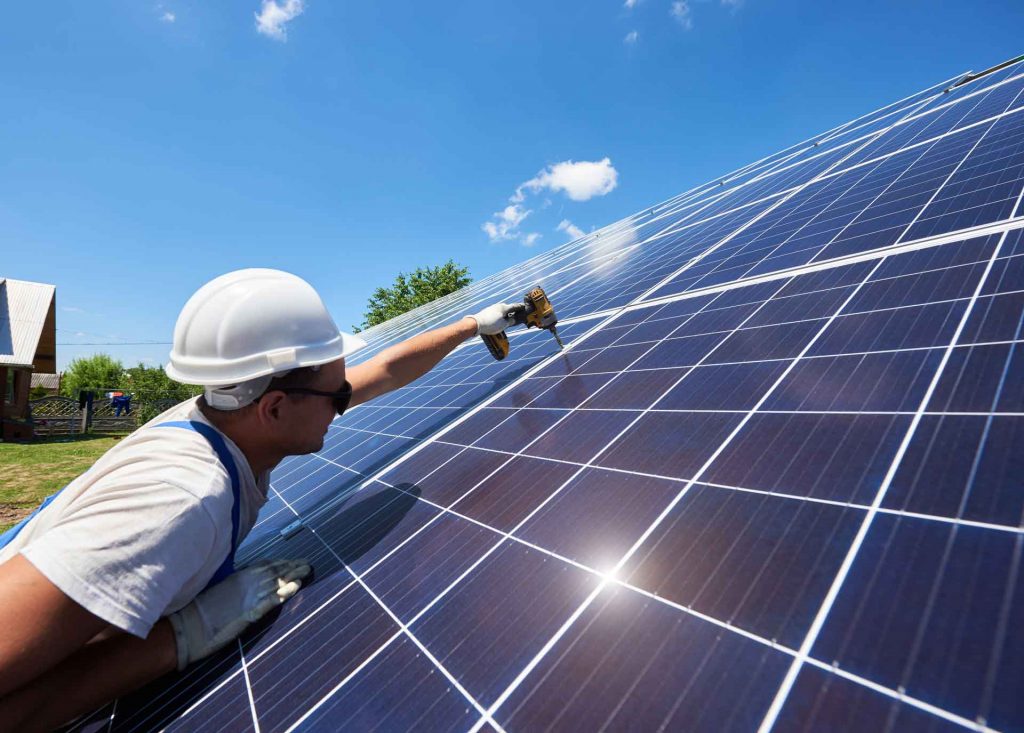Picture your favorite city park. Now imagine every bench charging your phone, every footpath storing kinetic energy, and every tree canopy filtering sunlight through transparent solar panels. The grass is still green, the flowers still bloom but beneath the surface, the entire landscape hums with invisible electricity.
This isn't speculative fiction. From Singapore to Stockholm, urban green spaces are being reengineered as dual-purpose infrastructure: part sanctuary, part power station. As cities scramble to meet net-zero targets, parks are emerging as unexpected heroes in the energy transition.
Let's explore how the parks of tomorrow will generate clean power while preserving their soul.
1. The Park Bench That Powers Your Phone (And The Grid)
The transformation begins with subtle interventions. Solar-powered benches like Soofa's smart benches already dot cities from Boston to Berlin, offering USB ports and WiFi. But next-gen versions go further—embedded with micro-wind turbines that spin silently in the breeze, or piezoelectric pads that harvest energy from footsteps.
London's Queen Elizabeth Olympic Park now features kinetic tiles that convert joggers' footfalls into electricity. One hour of play on its energy-generating soccer pitch powers a smartphone for a week. These aren't gimmicks; they're prototypes of a new urban energy ecology.
The genius lies in passive harvesting. Unlike industrial solar farms that demand vast tracts of land, park infrastructure was already there we just weren't exploiting its potential.
2. Canopy Power: When Trees and Solar Panels Merge
The real breakthrough comes overhead. Architects are reimagining park shelters as "solar groves" structures with leaf-like photovoltaic panels that mimic tree canopies. Barcelona's Poblenou Park features 28 "energy trees" whose steel "branches" support solar panels, generating enough electricity to power 80 homes annually.
For cities still transitioning to renewables, firms like Solar panel installers Coventry are bridging the gap with conventional rooftop installations. But the future belongs to biomimicry: power-harvesting structures that blend seamlessly into nature.
Researchers at the University of Glasgow have even developed synthetic "photosynthetic" solar cells that resemble ivy. Soon, climbing vines on park pergolas might double as organic solar collectors.
3. The Subsurface Revolution: Parks as Giant Batteries
Beneath the manicured lawns, something more radical is taking shape. Thermal batteries buried under parks store summer heat for winter use. Copenhagen's Enghave Park transforms into a rainwater reservoir during storms, then slowly releases the water through turbines to generate electricity.
MIT engineers recently unveiled a "battery in the earth" concept layers of conductive materials beneath playing fields that store excess renewable energy. The playing surface stays untouched; the power grid gains stability.
This subterranean approach solves cities' trickiest problem: finding space for energy infrastructure without sacrificing livability.
4. The Pollinator Power Grid
Here's where ecology meets energy in unexpected ways. Solar installations typically sterilize land, but new "agrivoltaic" parks pair solar arrays with pollinator habitats. Minneapolis' Solar Garden features panels raised high enough for wildflowers and bees to thrive underneath, increasing biodiversity while generating power.
The math is compelling: A typical 1MW solar farm occupies 5 acres. Convert that to a solar park with native planting, and you get renewable energy plus carbon sequestration plus habitat restoration.
5. Nighttime Harvest: Parks After Dark
The night shift belongs to glow-in-the-dark pathways charged by daytime sunlight (like the Starpath technology in Cambridge) and wind-sensitive "light catchers" that sway in the breeze to generate power.
But the real game-changer is bioluminescence. French startup Glowee creates lighting from microorganisms that mimic fireflies. Imagine park pathways gently illuminated by living algae zero electricity required.
6. The Politics of Park Power
Not everyone welcomes this transformation. Traditionalists argue parks should remain technology-free sanctuaries. But with urban land at a premium, the choice may soon be between multi-functional parks or no parks at all.
Cities like Seoul have found a compromise: energy-positive parks at their cores, ringed by traditional green spaces. It's a model that respects the past while embracing necessity.
For a deeper look at these urban planning shifts, this C40 Cities report details how metropolises are rethinking public spaces.
Conclusion: The Park as Power Plant
The urban parks of the future won't just offset carbon they'll actively reverse it. They'll be places where children play under solar leaves, where evening strolls power streetlights, where every raindrop contributes to the city's energy balance.
This isn't about industrializing nature. It's about recognizing that in an urbanized world, every square meter must pull double duty. The parks that survive and thrive will be those that give as much energy as they give solace.

Comments on “The Green Grid: How Urban Parks Are Morphing Into Power Plants”